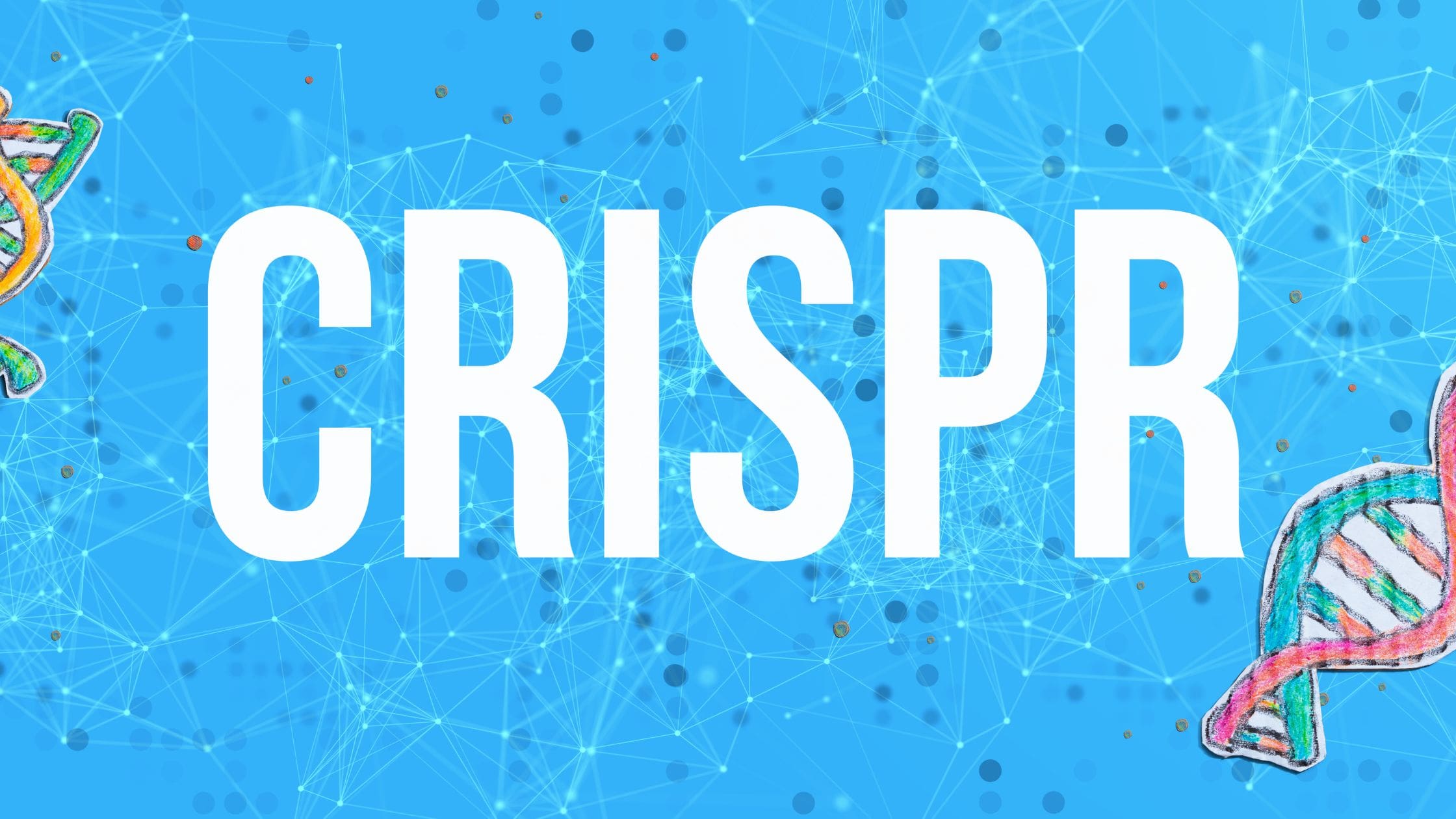Over the past decade, Brain-Computer Interfaces (BCI) has taken a major leap forward in the ways they can positively impact human existence. BCI translates brainwaves into machine-operable commands, allowing us to perform feats that look like sci-fi, such as operating computers or prosthetic limbs using only our minds.
The concept of translating brain waves into actions isn’t a new one and BCI has actually been around for decades, but only in a laboratory setting. The progress and upcoming breakthroughs in BCI are significant because they are inching us closer to realistic use in a real-world setting to deliver life-saving and changing opportunities.
Help from AI
Progressive BCI is becoming smarter and more useful thanks to its integration with even sharper AI technology. Learning technologies developed by companies like Google, Facebook and DeepMind can now be absorbed by BCI, enhancing the technology’s ability to predict specific movements and better understand language.
The ability for BCI to learn and predict human behaviors like language and movement is vital to its application in the real world. The problem is, these state-of-the-art learning models require massive amounts of data (much like our brains), which are typically stored on remote inference servers. This hurdle in data storage poses an issue, particularly because BCI has the constraint of operating in real-time.
When BCI sends signal data to an external server for translation and awaits a command, there can be a latency period of approximately one second. This delay would make the technology inconvenient and insensible for everyday use. The online transfer of sensitive information like brain activity also raises some major concerns for privacy and security.
Fortunately, companies like Google and Nvidia are already on the job, working to develop smaller and more powerful chips that can optimize storing EEG (electroencephalography) data, learning software and the immense amount of data necessary to allow BCI to operate offline.
Medical and Therapeutic Applications
At its core, BCI focuses on expanding human capabilities or compensating for lost ones, most notably as it relates to amputees or paralytics. BCI records and translates brainwaves into machine-friendly commands such as speaking through thought or moving objects using a robotic arm. While BCI can’t transfer messages to output channels like muscles to create movement (yet), it can be used to regenerate neural pathways.
Much of BCI research and development is largely focused on the way it can enhance modern medicine and improve patients’ prognosis, particularly in areas of rehabilitation, neuroscience and even surgical intervention. Through assistive technologies or direct neurostimulation, BCI has the potential to help those who suffer from spinal cord injuries, brainstem stroke, muscular dystrophies, cerebral palsy, or other chronic neuropathies.
In its future stages, BCI could even reconstruct the way modern medicine is performed. Future computers and BCIs, will assumingly have emotional and perceptual capabilities. These features could extend their use to better assist people and possibly make decisions. BCI may also identify underlying emotional and psychological affective states based on physiological and behavioral factors, potentially expanding its applications for use in psychology.
Gaming and Virtual Reality
Of course, medicine can’t have all of the fun with groundbreaking BCI features. When BCI meets the arts (often referred to as artistic BCI), we see innovations in robotics, computing and even gaming. For years, virtual reality has been an artful technology on the precipice of a major breakthrough. Now, virtual reality has soared past the realm of gaming and frivolity, giving way to augmented reality and playing a pivotal role in clinical functions like motor rehabilitation or ADHD therapy in children.
Even where art makes a significant debut in BCI technology, the groundbreaking purpose behind it always circles back to providing a better quality of life. BCI may also be used eventually in preserving human life through everyday, practical applications such as using humanoid robots to execute potentially hazardous or dangerous tasks.
BCI has the potential to make a revolutionary worldwide impact, from helping people regain their independence and quality of life to enhancing our overall daily experience, but it still has a long way to go. Translating any new technology into practical and valuable applications is fraught with challenges, and BCI is no exception. But with the incredible minds at work on solving the puzzles at hand, there’s no question that sound solutions are just around the corner.




